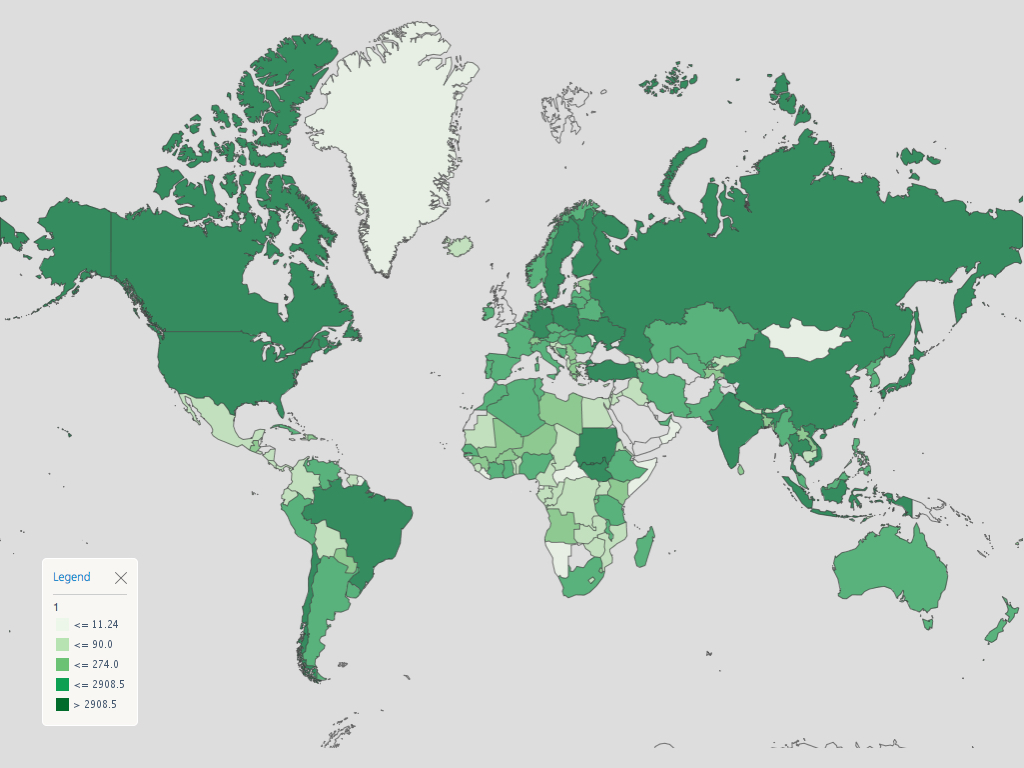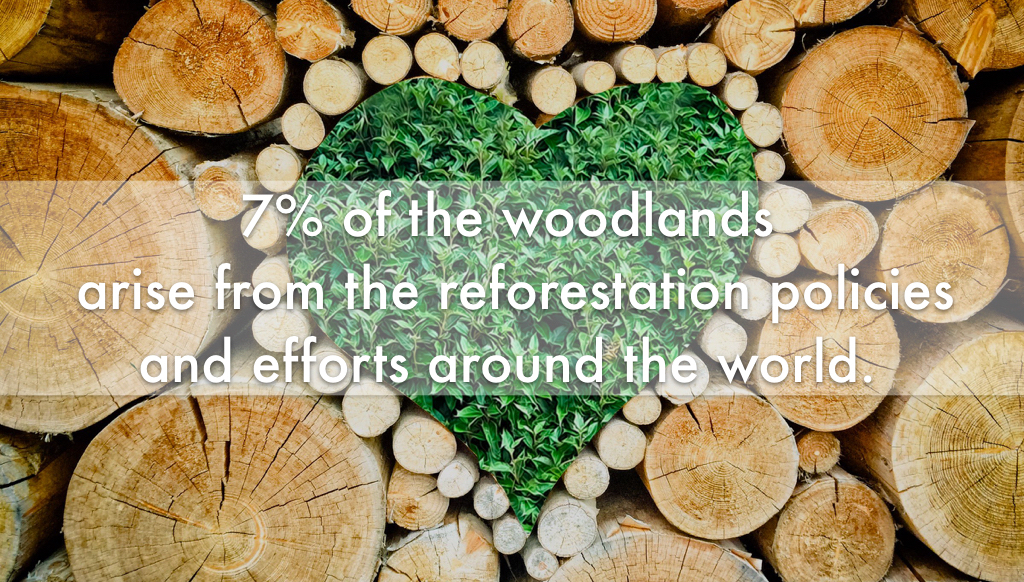We are now living in a world where the increasing amount of scientific evidence proving the existence of climate change is being overshadowed by the drastic effects that can be seen even in our immediate environment. From catastrophic droughts in the United States to flooding and snowfall in South Africa, extreme weather patterns are becoming more frequent and widespread. The United Nations, the World Economic Forum and many government institutions and multinational corporations are all implementing huge efforts to reduce their green house gas emissions, their carbon footprint and their dependency on fossil fuels. There is another, significant tool to help us reduce the anthropogenic emissions derived from fossil fuel energy production to the lowest possible levels while we continue to develop the technology needed for a cleaner and sustainable alternative: our forests.
Forests and woodlands cover 30.6% of the planet’s land area, 7% of which has been planted in reforestation efforts. Drastic efforts in many counties around the world have driven this impressive feat. Trees have the spectacular property of absorbing carbon dioxide, one of the Green House Gases, from the atmosphere through photosynthesis. Today´s forests have sequestered 10% of all emissions produced in the first half of this century. Forests also provide oxygen, provide habitats for millions of species and are essential to more than 1.6 billion people who depend on them for basic sustenance including food, shelter and energy.
Worldwide Planted Forests Until 2015
(1000 ha)
 Source: FAO (2016)
Source: FAO (2016)
The human population created almost 36 gigatonnes of CO2 during 2014, 60% over the levels experienced in 1990. Still, deforestation is responsible for 15% of these emissions and that figure does not even factor the carbon that wont we sequestered by the millions of trees that were removed from the ecosystem. Deforestation claims 60,000 square miles, the size of Florida and double the area of Austria, every single year. Since 1990, 129 million hectares have been cut, burnt or otherwise degraded This amount is actually considered a (minor) achievement as the rate of deforestation has been reduced to almost half in the last 25 years. We must continue to pursue forest conservation and reforestation projects for mitigating the consequences of fast changing weather patterns.
Neem is a fast growing tree with a large surface biomass with thick foliage and able to resist less than optimal conditions. Its drought resistance properties together with its capacity to filter air and water pollution make it ideal for reforestation projects in degraded lands to avoid further desertification. It has better pest resistance than most trees and because of its bitter taste, many animals prefer not to eat it, improving the odds of survival. The neem tree has a carbon sequestration capacity of 12.27 ton per tree, per year. This is the second highest level of sequestration on the planet. The tree is also drought resistant and fast growing, making it an extraordinary solution for reforestation efforts. In addition, neem may live up to 200 years and is one of the most resilient, hardwearing and durable timbers on the planet. Neem is an obvious choice for a carbon sink strategy where a key element for effective sequestration is long term entrapment.
Planting trees is a significant tool in facing our generation’s environmental challenges. We are able to reduce carbon emissions, increase sequestration rates, maintain biodiversity, improve water and nutrient cycling and promote habitat regeneration simply protecting our forests and planting more trees. Rather than just placing limits on the practices that damage our environment, it is our responsibility to actively restore the ecosystem on which we rely upon.
